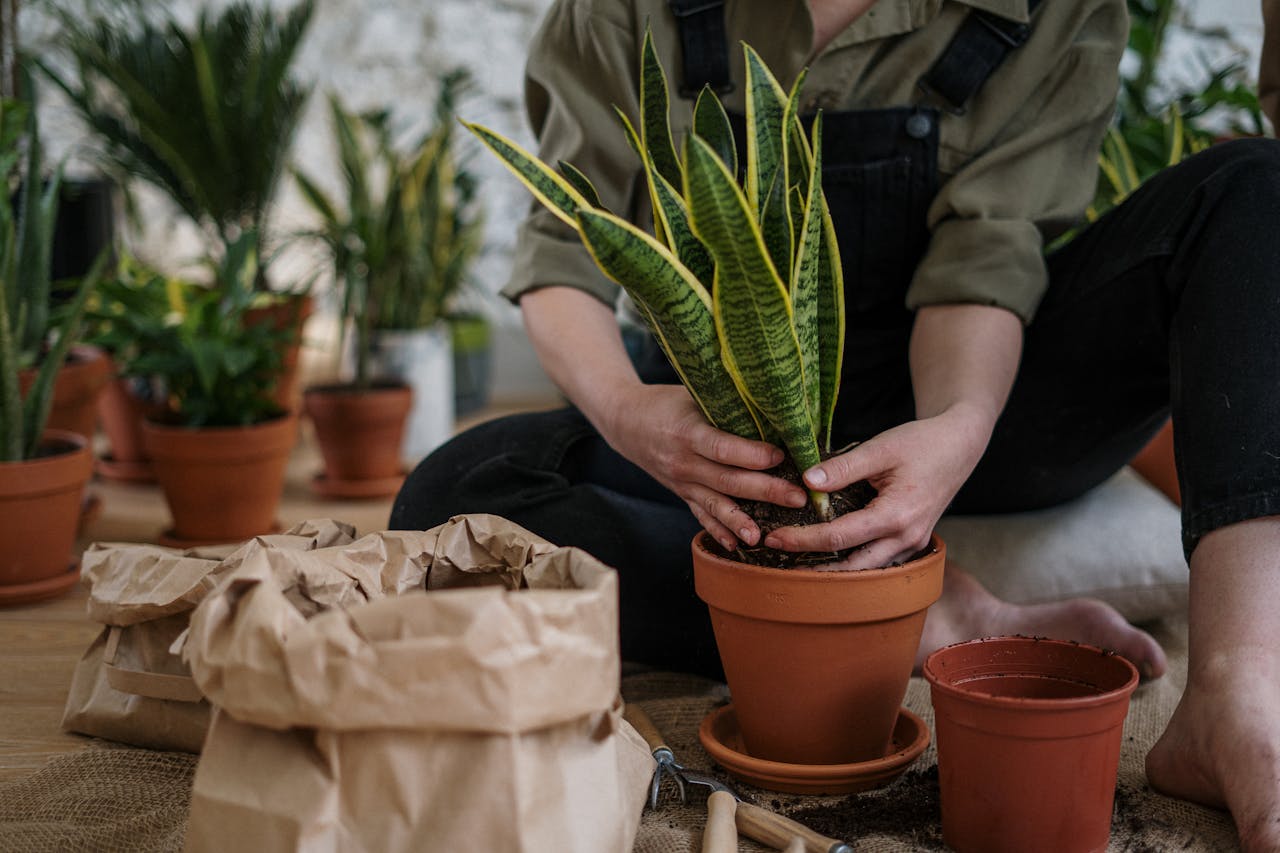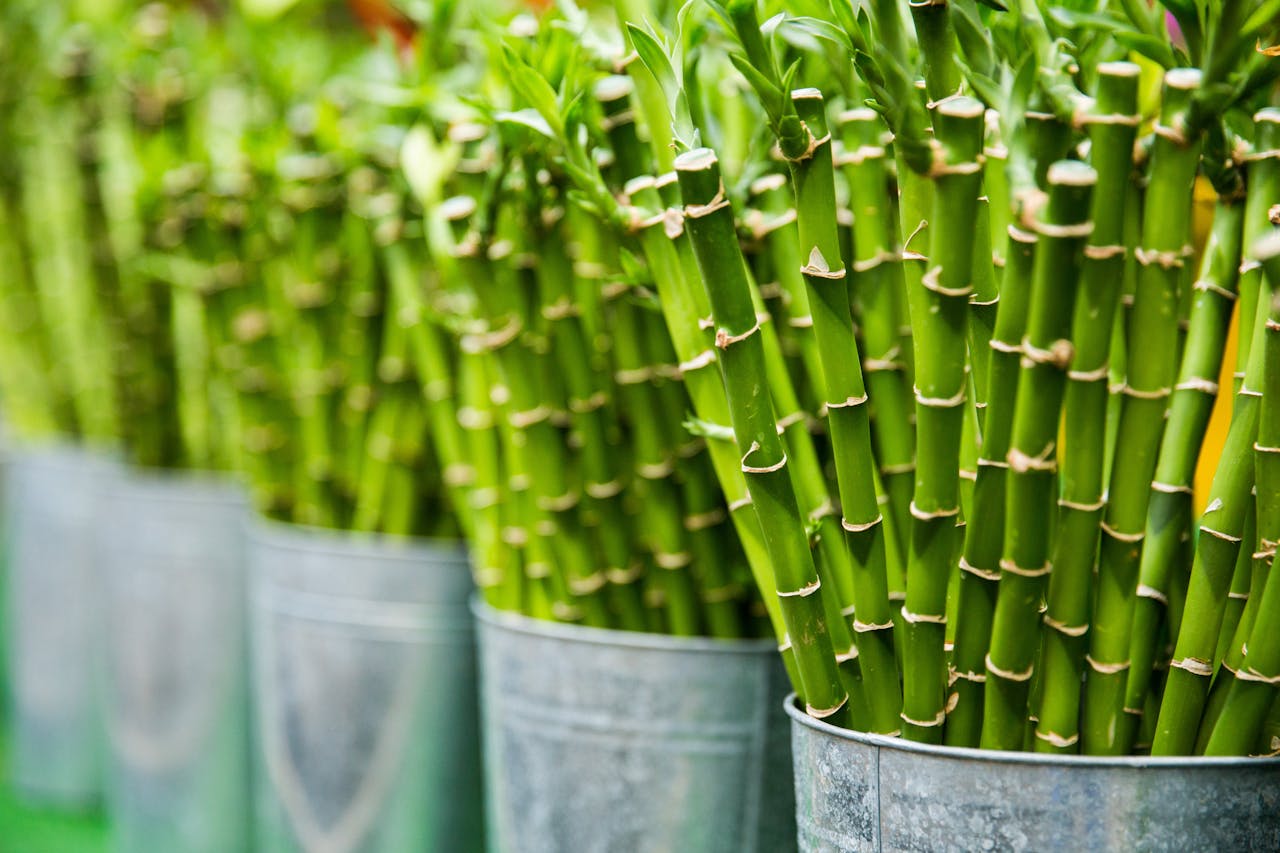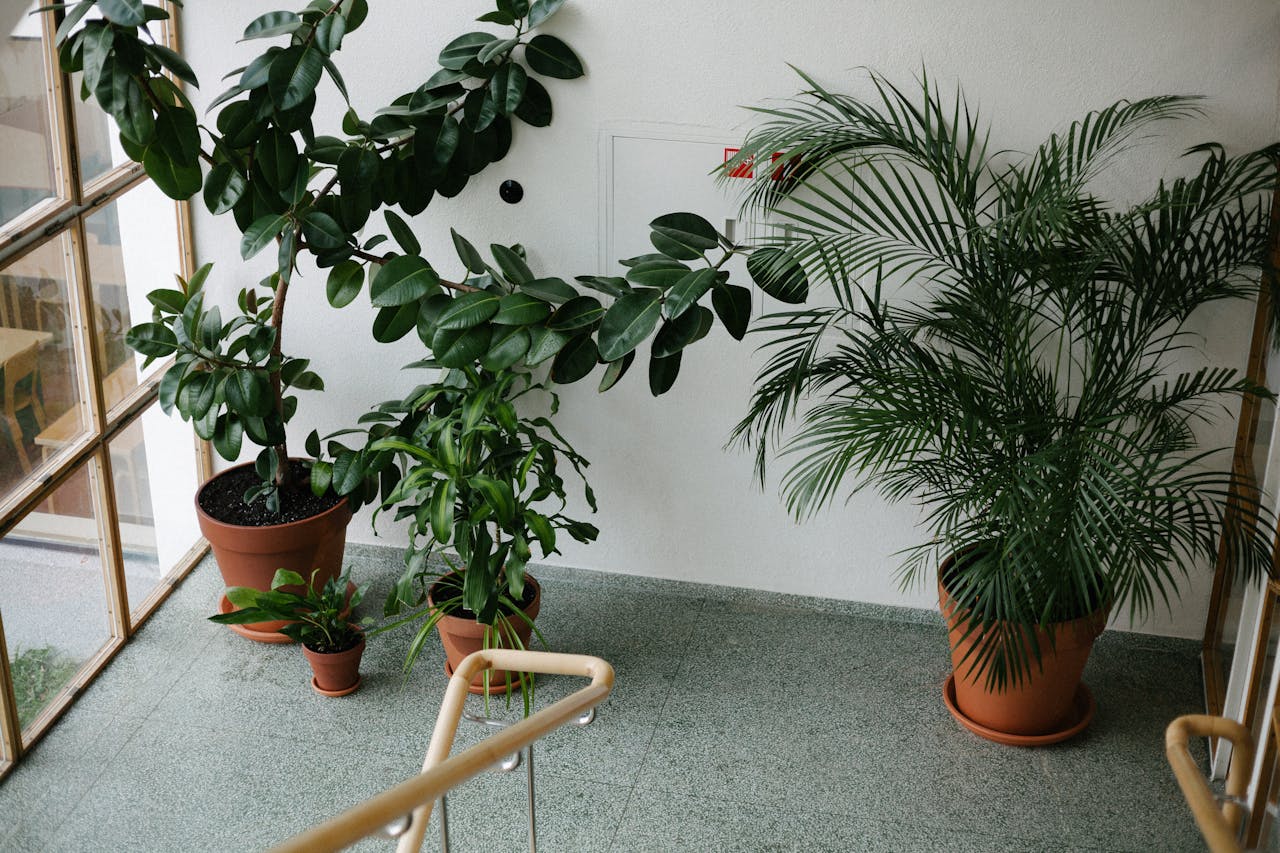Spider plants (Chlorophytum comosum) are beloved for their graceful arching leaves and ability to thrive in various indoor environments. One of the most critical factors influencing the health and vitality of spider plants is proper lighting. Understanding the lighting needs of spider plants can ensure they grow lush, vibrant, and free from common issues. This comprehensive guide explores the best lighting practices for spider plants, helping you create an optimal environment for their growth.

1. Understanding Spider Plants' Light Requirements
Spider plants are versatile and adaptable, making them a popular choice for both beginners and experienced plant enthusiasts. However, to achieve their full potential, it's essential to meet their specific lighting needs:
- Bright, Indirect Light: Spider plants flourish in bright, indirect sunlight. Direct sunlight can scorch their leaves, leading to brown tips and edges, while too little light can cause slow growth and faded leaf coloration.
- Low-Light Tolerance: While they prefer bright light, spider plants can tolerate lower light conditions, making them suitable for offices and rooms with limited natural light. In such environments, their growth may slow, but they can still maintain their health with proper care.
2. Types of Indoor Lighting for Spider Plants
Choosing the right type of lighting is crucial for the healthy growth of spider plants. Here are the primary lighting options:
a. Natural Light
- Windowsills: Placing spider plants near east or west-facing windows ensures they receive ample indirect sunlight without being exposed to the harsh midday sun.
- Filtered Light: Using sheer curtains or placing plants a few feet away from windows can help filter the light, protecting the leaves from direct exposure.
b. Artificial Light
- LED Grow Lights: These are energy-efficient and can provide the full spectrum of light necessary for photosynthesis, especially in areas with insufficient natural light.
- Fluorescent Lights: T5 or T8 fluorescent bulbs are excellent for providing the bright, indirect light spider plants need.
- Incandescent Bulbs: While not as efficient, incandescent bulbs can supplement lighting but should be used sparingly to avoid overheating the plants.
Also Read- Spider Plants And Temperature Fluctuations: Maintaining Optimal Growth
3. Optimal Lighting Conditions for Spider Plants

To ensure healthy growth, spider plants thrive under the following lighting conditions:
- Intensity: Bright, indirect light is ideal. Aim for about 4-6 hours of light per day.
- Duration: Consistent lighting schedules help maintain steady growth. Using timers for artificial lights can ensure your spider plants receive the necessary light each day.
- Distance: For natural light, keep spider plants a few feet away from windows to prevent leaf burn. For artificial lights, position grow lights about 12-18 inches above the plants to provide adequate coverage without causing heat stress.
4. Signs of Improper Lighting
Monitoring your spider plants for signs of improper lighting can help you adjust their environment promptly:
a. Too Much Light
- Scorched Leaves: Brown tips and edges indicate that the plant is receiving too much direct sunlight.
- Leaf Bleaching: Faded or bleached leaves are a sign of excessive light exposure.
b. Too Little Light
- Slow Growth: Limited light can cause spider plants to grow more slowly and produce fewer offshoots.
- Yellowing Leaves: Yellowing, especially in lower leaves, may indicate insufficient light.
- Leggy Stems: Stems stretching toward the light source are a sign that the plant is not receiving enough light.
5. Tips for Providing Adequate Lighting

Ensuring your spider plants receive the right amount of light involves strategic placement and sometimes supplemental lighting:
a. Placement Strategies
- Near Windows: Place spider plants near east or west-facing windows to maximize natural light exposure without direct sunlight.
- Avoid Direct Sunlight: Use curtains or blinds to diffuse intense sunlight, protecting the plant from leaf burn.
b. Using Grow Lights
- Supplementing Natural Light: In areas with limited natural light, use LED or fluorescent grow lights to provide the necessary light spectrum.
- Adjusting Light Duration: Ensure artificial lights are on for about 12-14 hours a day to mimic natural daylight cycles.
c. Adjusting Seasonal Lighting
- Winter Months: During shorter days and reduced sunlight, increase the duration of artificial lighting to compensate for the lack of natural light.
- Summer Months: Ensure spider plants are not exposed to intense midday sun by adjusting their placement or using shading methods.
6. Maintaining Healthy Growth Through Proper Lighting
In addition to providing adequate light, maintaining healthy growth involves regular care and observation:
- Rotate Plants: Regularly rotate spider plants to ensure all sides receive equal light exposure, promoting balanced growth.
- Clean Leaves: Dust and clean the leaves periodically to maximize light absorption and prevent pests.
- Monitor Growth: Keep an eye on growth patterns and adjust lighting as needed to maintain optimal health.
Conclusion
Proper lighting is fundamental to the health and vibrancy of spider plants. By understanding their light requirements and implementing strategic lighting solutions, you can ensure your spider plants thrive in any indoor environment. Whether relying on natural light or supplementing with artificial options, providing the right amount and type of light will result in lush, healthy spider plants that enhance the beauty and air quality of your home or office. Embrace these lighting tips to cultivate a thriving green space that brings both aesthetic pleasure and health benefits.













Leave a comment
This site is protected by hCaptcha and the hCaptcha Privacy Policy and Terms of Service apply.